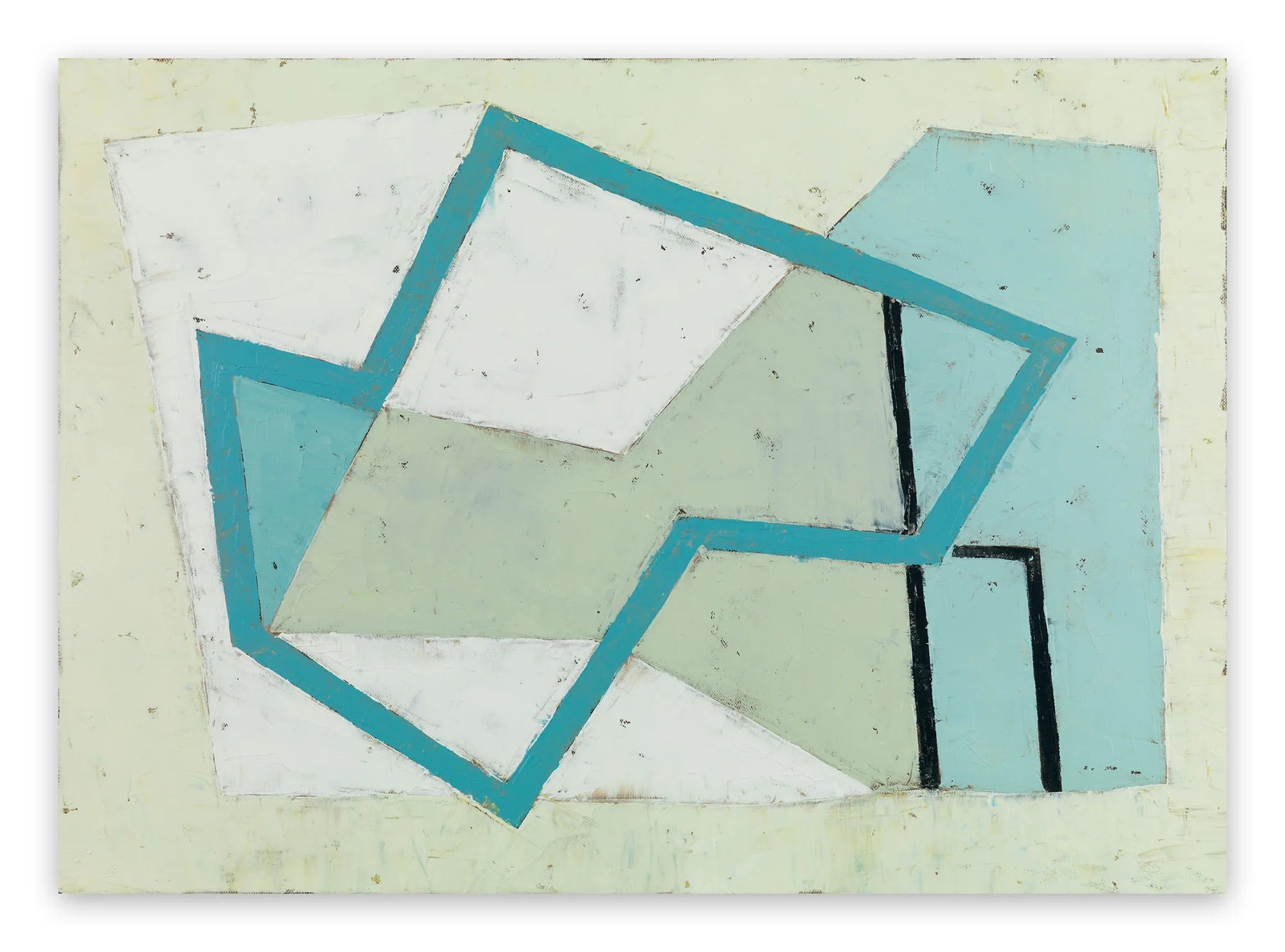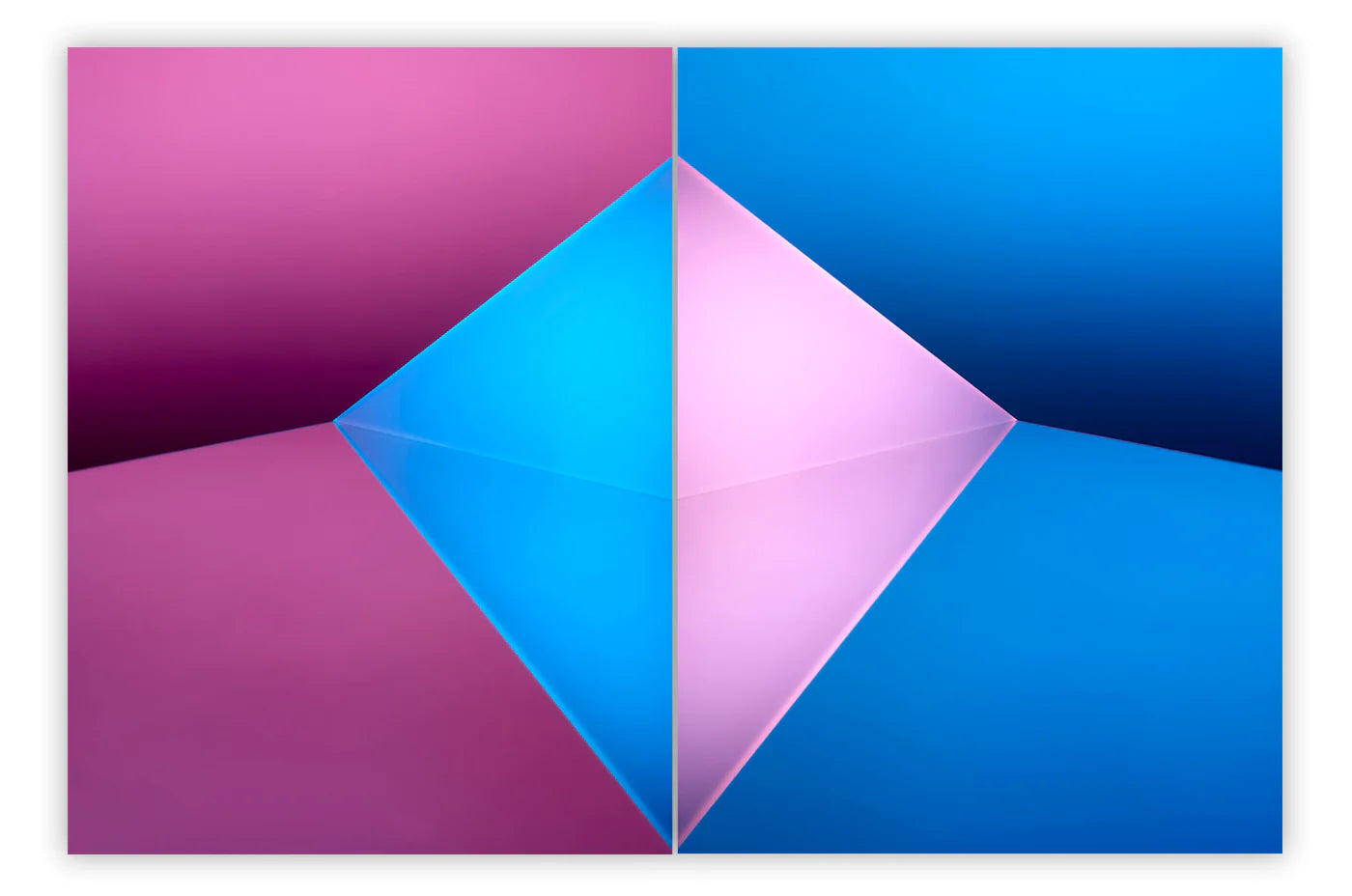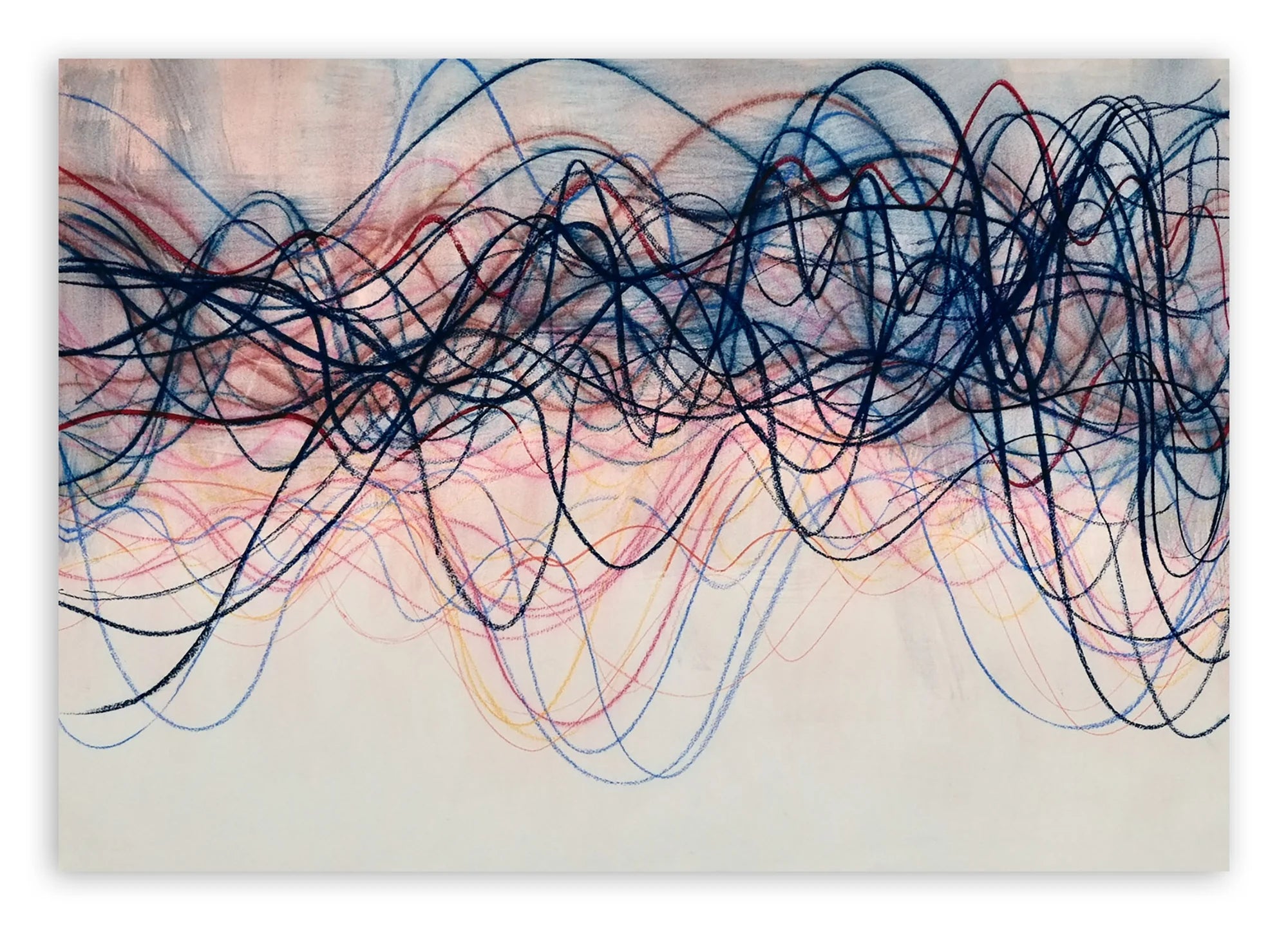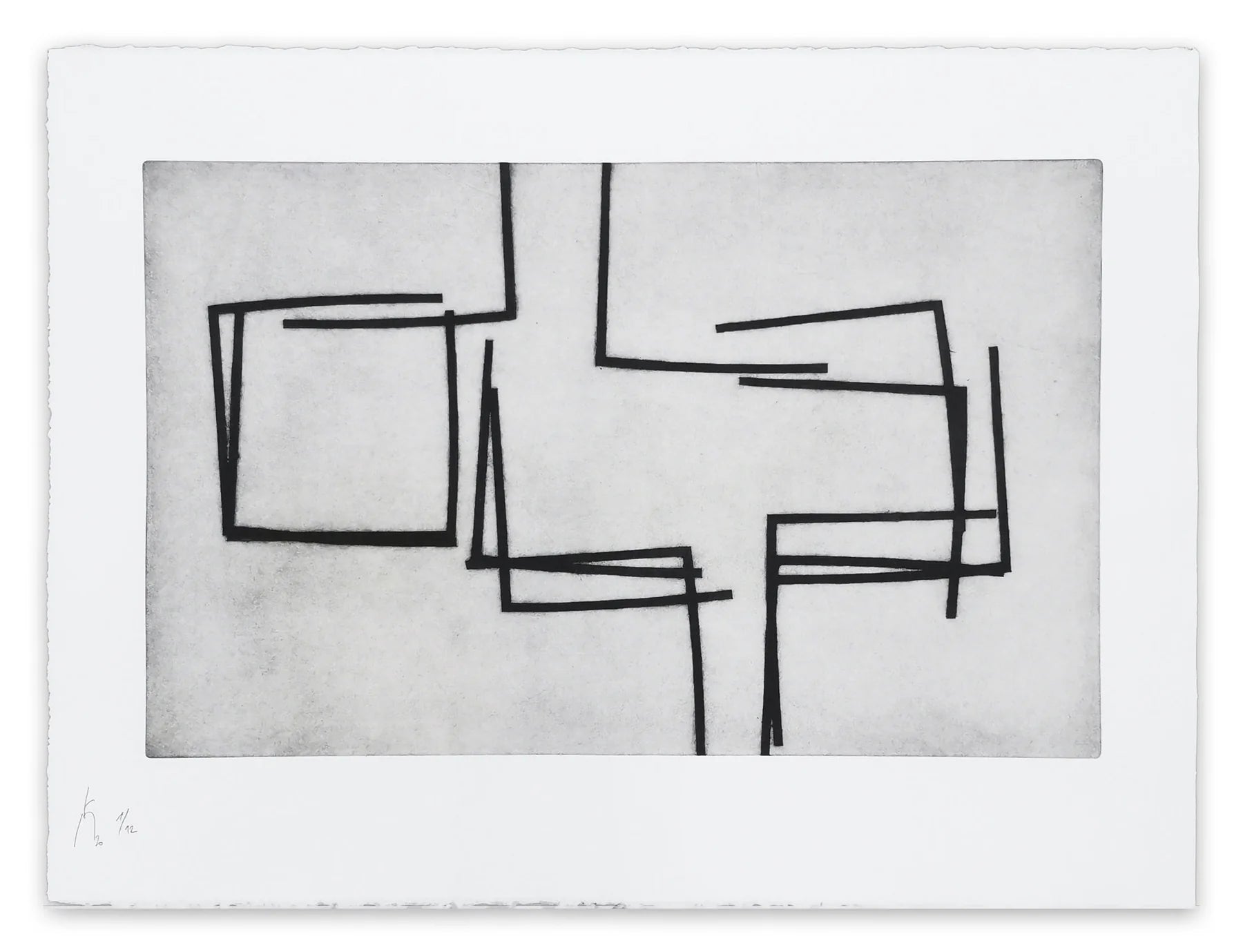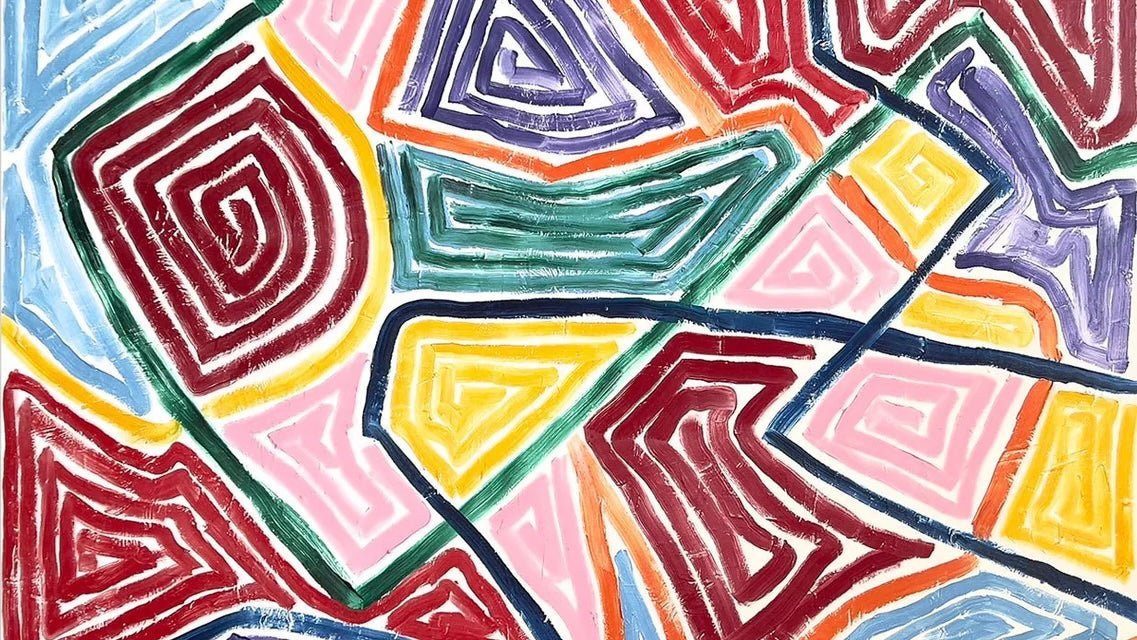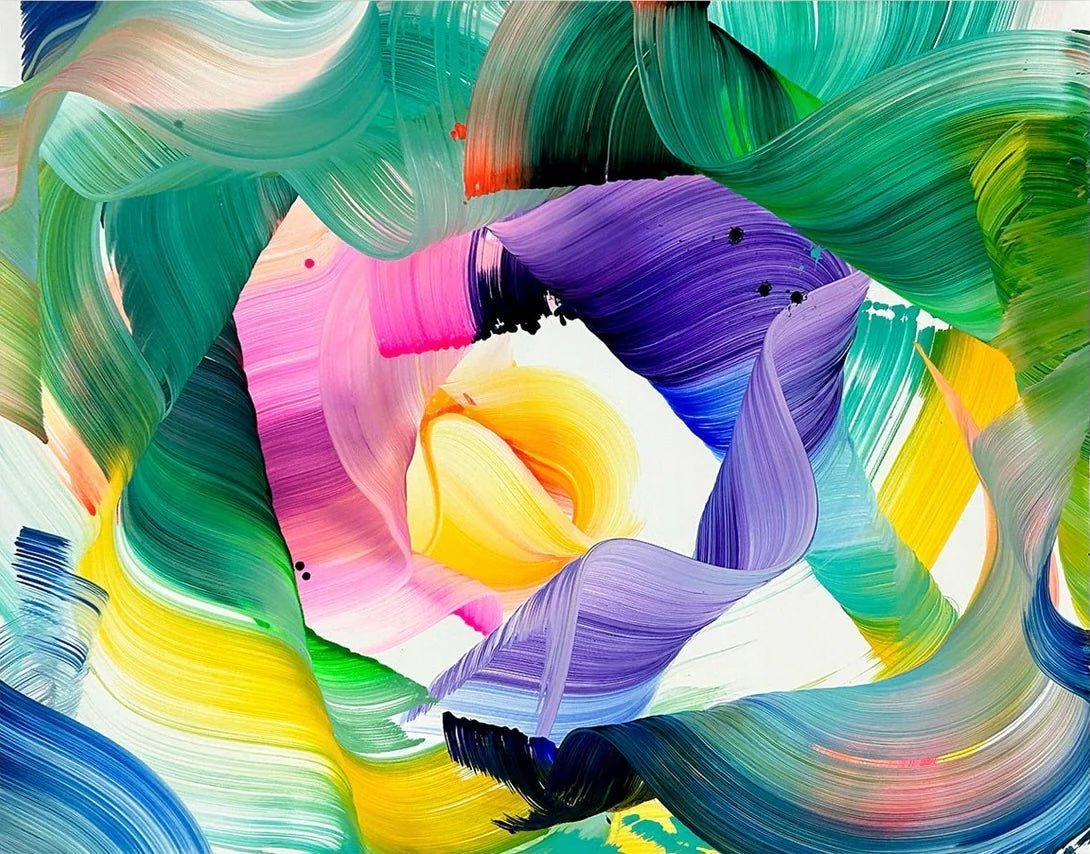
Hans Hartung and the Importance of Gesture
Abstract art is sometimes criticized for being uncommunicative. But on the contrary, to those capable of listening, abstraction often communicates in an even more direct way than representational art. Hans Hartung was a master of direct abstract communication. A classically trained painter capable of perfectly reproducing the works of the ancient masters, Hartung spent his entire career perfecting a way of painting that could directly communicate the contents of his feelings. He felt deep emotions and suffered many setbacks and losses, but also experienced love and joy. By focusing on gesture Hartung developed a direct, immediate style that allowed him to fully express the full range of his life experiences. Through gestural abstraction, Hartung laid bare his emotions and inspired future generations of artists to explore ways of expressing the human experience through gesture.
Songs Without Words
Like a song with recognizable lyrics, a representational painting communicates with its audience through a system based on well-defined, easily recognizable imitation. An abstract painting is more like an instrumental song. In order to communicate with its audience it simplifies. It connects on a visceral level. A song with lyrics may tell the entire story of Romeo and Juliet with all its ups and downs, but an instrumental song may only communicate the story’s essential emotions, like joy, sadness and doom. Likewise, a representational painting may precisely convey all the pleasures of a holiday, whereas an abstract painting may only be able to convey what’s most important: a sense of calm.

Hans Hartung - T1981-H21, 1981, oil on canvas, 142 x 180 cm
To successfully and reliably communicate in a direct way, abstract painters must understand the basic tenets of their craft, such as color, line, form, qualities of surface, and gesture. In painting, an artist’s physical body is what makes marks on surfaces. But how does the body move, and what causes it to move that way? How is the body connected to the medium, causing it to make contact with the surface? That’s the essence of gesture. A body’s gestural movement can convey the essence of a painter’s inner being onto a surface. An angry gesture becomes a wild mark. A calm gesture results in a delicate mark. A bewildered gesture results in a chaotic jumble of marks. Frustrated gestures result in maniacal marks.

Hans Hartung - T1950-43, 1950, Oil on canvas, 38 x 55 cm
Hans Hartung’s Gestural Mastery
Few Modernist artists focused more on gesture than Hans Hartung. Consider for example his artwork T1937-33, painted in 1937, early in his career, which reads like a study of the communicative potential of various gestural techniques. But just a short time after making this painting, Hartung lost a leg fighting for the French Foreign Legion in World War II. This injury altered his ability to physically confront a canvas, but rather than allowing it to limit him in his work Hartung wildly expanded the range of techniques he used to express himself. As demonstrated in his works T1950-43, painted in 1950, and T1981-H21, painted in 1981, he continued throughout his career to engage in direct contact with the surfaces of his paintings.

Hans Hartung - T1963-R6, 1963, Acrylic paint on canvas, 1797 x 1410 mm
But Hartung also experimented with spray guns and techniques like dripping, splattering or flinging paint to create his gestural marks without making direct contact with the canvas. Such techniques were easier to perform from the wheelchair he found himself in after the war. In his most dramatic works, Hartung started with almost monochromatic surfaces then scratched gestural marks into the final layer before the paint dried. In one such painting, T-1963-R6, the colors yellow and blue seem to provide a sense of balance, evocative of night and day, while Hartung’s intense gestural scratches swirl with chaos and ferocity within the void. He used gesture to communicate energy and confusion, communicating something primitive and essential.

Hans Hartung - T-1947-25, 1947, Ink and pastel on paper, 48 x 73 cm
Hartung’s Influence
Hartung’s first solo show of his gestural abstract paintings occurred in Paris in 1947. That same year he was the subject of a documentary, Visit with Hans Hartung, filmed by the French Director Alain Resnais. It’s evident that Hartung’s reliance on gesture to communicate his own inner experiences while making the painting had a profound influence on artists such as Jackson Pollock and Franz Kline. That impulse was also at the heart of European movements like Art Informel and Lyrical Abstraction as well as Abstract Expressionism in the United States.
Through his work with gesture Hartung not only brought attention to the formal aspect of gesture. He also helped defined the importance of expressing feeling in abstract art. He asserted physicality and individuality as vital abstract concerns that continue to be relevant to contemporary abstract artists today. Hartung proved that through gesture alone, the essence of an artist’s inner experience can be communicated, allowing a deep, intuitive connection to be expressed.
Featured Image: Hans Hartung - T1937-33, 1937, Oil, charcoal and pastel on canvas, 970 x 1300 mm
All images used for illustrative purposes only
By Phillip Barcio
